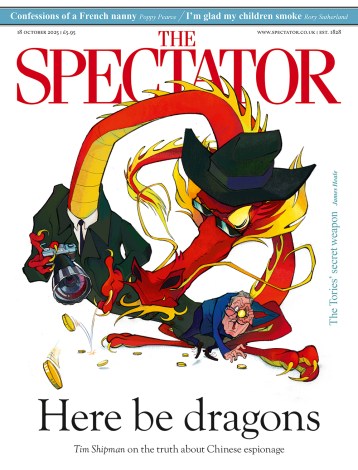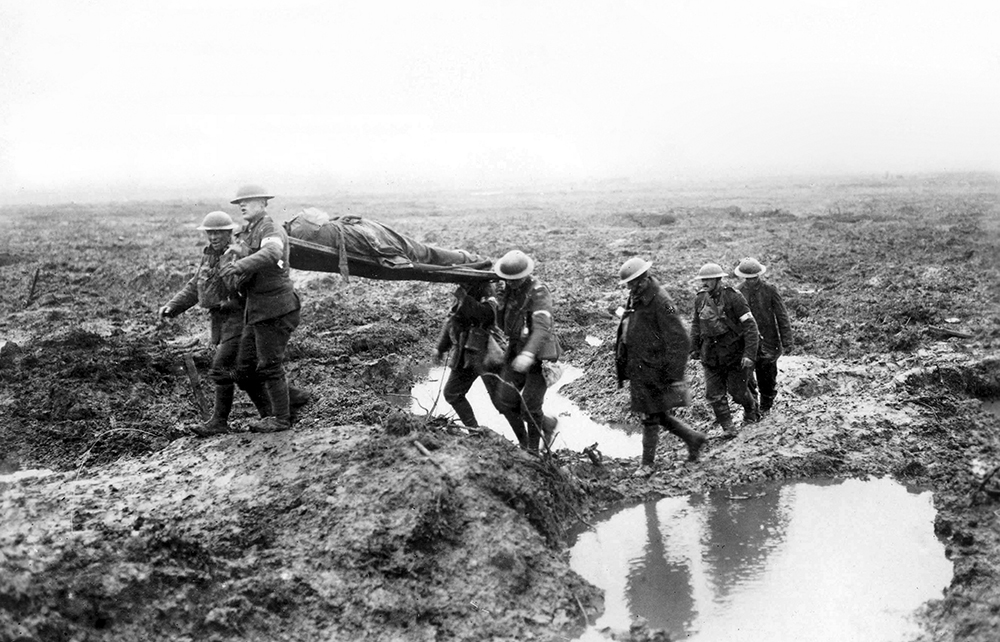This novel, set towards the end of the first world war, is eerie and fanciful yet gruesomely down-to-earth. It features Laura Iven, formerly a nurse at the Front – awarded the Croix de Guerre in 1915 – and her brother Freddie, part of the Canadian Expeditionary Force sent to take Passchendaele Ridge in November 1917. Owing to a deep shrapnel wound, Laura is back home in Halifax, Canada. It is January 1918, and the previous month her parents died when their ship Mont Blanc exploded in Halifax harbour. To make matters even worse, Freddie is missing.
Laura is now a live-in nurse companion to three elderly sisters who conduct séances. A parcel arrives containing Freddie’s jacket and a German postcard with a cryptic note. At a table-turning session, a local widow, Pim, hears that her son is dead. But Laura, after a nightmare about her deceased mother, is reassured by the psychic sisters that Freddie is alive: she must go to find him – and ‘to save him she must let him go’. Pim is determined to brave Belgium’s battlefields as a helper, to discover her son’s fate. Laura goes too, as a nurse, led by the brisk Mary Borden (a real historical character who ran an evacuation front-line hospital unit throughout the war). Laura is determined to find her brother.
Freddie’s story alternates with Laura’s, and we are spared no details of what war can do to men. He experiences near drowning in mud, hears rats eating his fellow soldiers and even sees a corpse seeming to stand up. The nurses are dedicated and tough; in one scene a man’s brains spill out. The vivid narrative drives one on and I believed in every character: Winter, the selfless, blue-eyed German; straight-talking Doctor Jones; even sinister Faland, ‘the Fiddler’, with his delectable wine and haunting violin-playing by candlelight. Is he the Devil or just another tormented human being?
The novel achieves a kind of magic realism, combining this with the reality of the trenches and the hospitals full of dying men who often display a grim humour. We are forced to reflect on war in general. Is a deserter a coward; is an enemy really an enemy; can shell shock ever end? How tempting it must be for a traumatised soldier to escape into drink, fantasy and even oblivion. But, finally, thank goodness, romance rears its head.






Comments